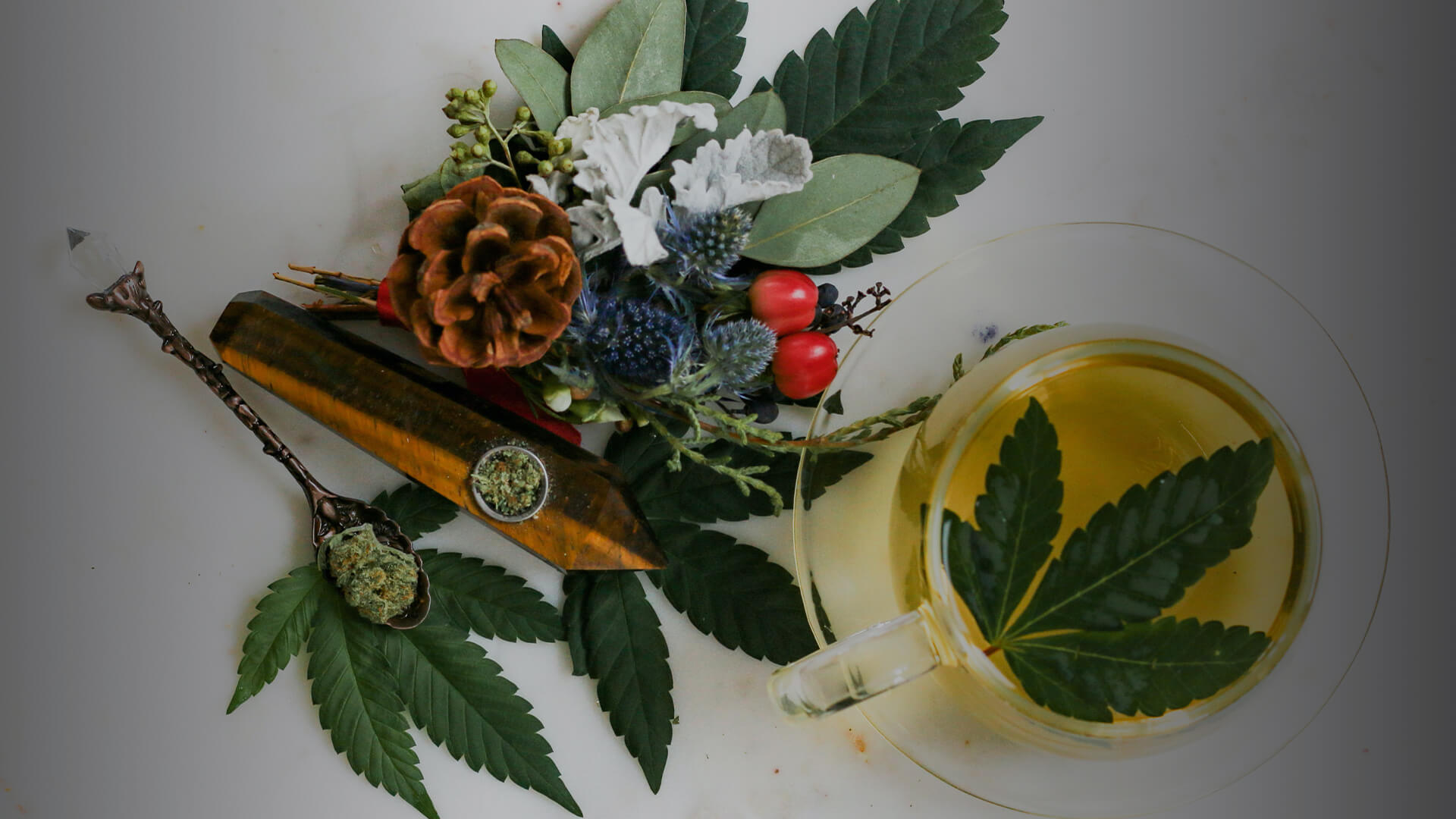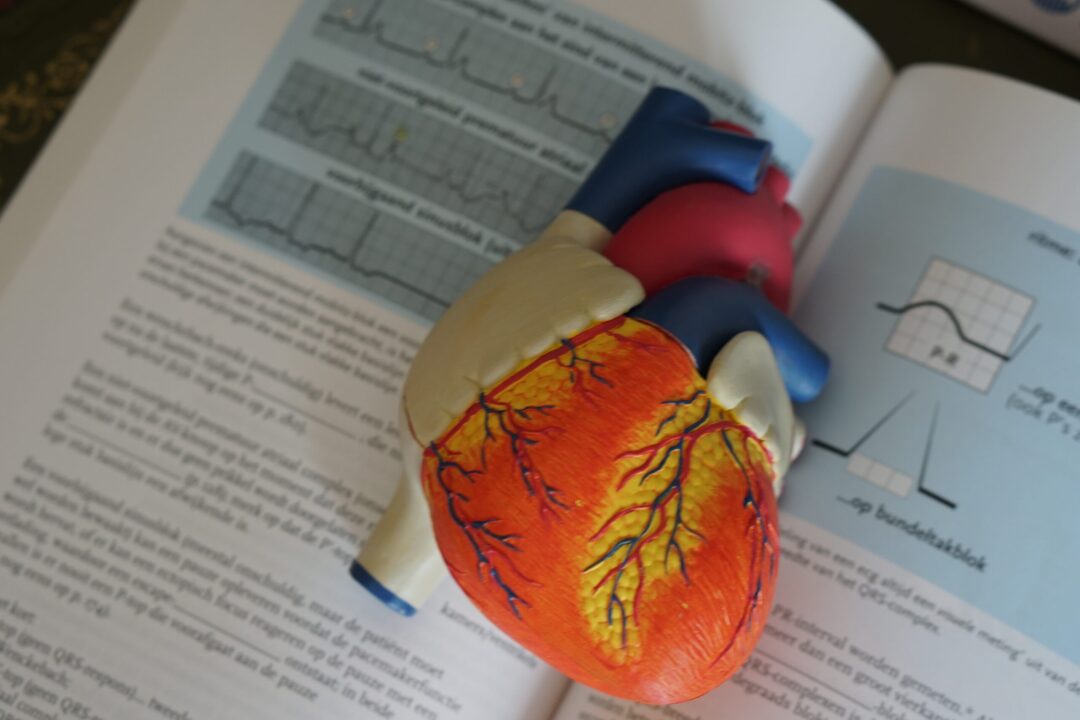Welche weiteren Cannabinoide gibt es überhaupt?
Disclaimer: Wir veröffentlichen ausschließlich (wissenschaftliche) Informationen, von denen wir wissen, dass sie aus glaubwürdigen, renommierten Quellen stammen. (Eine Quellenangabe finden Sie unter dem Artikel.) Wir möchten ausdrücklich darauf hinweisen, dass es bei nur wenigen Indikationen zuverlässige Wirksamkeitsnachweise für Cannabinoid-Therapie auf Basis renommierter, kontrollierter klinischer Studien gibt. Daher sollte dieser Artikel keinerlei als Heilversprechen oder Aufforderung zum Therapieversuch mit Medizinal-Hanf missverstanden werden. Wir fassen lediglich Studien zusammen, die für jeden zugänglich sind.
Abgesehen von THC und CBD kommen in Cannabis noch über 100 weitere Wirkstoffe, sogenannte Phytocannabinoide1, mit medizinischem Potenzial vor. Dazu zählen unter anderem Cannabigerol (CBG), Beta-Caryophyllen (BCP), Cannabidivarin (CBDV), Cannabinol (CBN), Cannabichromen (CBC) und Tetrahydrocannabivarin (THCV). Es gibt Hinweise darauf, dass auch diese Phytocannabinoide medizinisches Potenzial wie neuroprotektive oder entzündungshemmende Eigenschaften haben.2,3,4,5,6,7
Für einen möglichst nützlichen Entourage-Effekt enthalten Vollspektrumextrakte im Gegensatz zu Isolaten neben dem isolierten Hauptwirkstoff noch andere Verbindungen wie Terpene, weitere Phytocannabinoide oder Flavonoide in unterschiedlicher Konzentration.
Speziell gezüchtete Sorten könnten mit einer auf die jeweilige Erkrankung zugeschnittenen Zusammensetzung bzw. Konzentration der Wirkstoffe eine maßgeschneiderte Behandlungsmöglichkeit bieten.
Cannabigerol (CBG)
Formel
C21H32O2
Molekulargewicht
n.a.
Siedepunkt
n.a.
Cannabigerol hat keine psychoaktive Wirkung und interagiert mit den Rezeptoren des Endocannabinoid-Systems als CB1-Rezeptor-Agonist, Alpha-2-Adrenorezeptor-Agonist und CB2-Rezeptor-Agonist. Man geht davon aus, dass CBG eine regulierende Wirkung hat. In In-vitro-Versuchen4,11 konnte gezeigt werden, dass CBG die Enzyme COX-1 und COX-2 effektiver hemmen kann als CBD oder THC. Die beiden Enzyme spielen eine entscheidende Rolle bei der Entstehung von Schmerzen und Entzündungen.
In der Regel besteht das Cannabinoidprofil von Cannabispflanzen zu nicht mehr als 10 % aus CBG. Speziell gezüchtete Pflanzen können allerdings einen CBG-Gehalt von bis zu 94 % des Gesamtcannabinoidprofils aufweisen. Cannabigerol wird zu Beginn des Wachstums der Pflanze gebildet und anschließend zu CBD und CBC umgewandelt. Möglicherweise entsteht daraus auch THC.
Beta-Caryophyllen (BCP)
Formel
C15H24
Molekulargewicht
n.a.
Siedepunkt
260 – 261 °C
Mögliche medizinische Anwendung12: BCP kann kardioprotektiv, hepatoprotektiv, gastroprotektiv, neuroprotektiv, nephroprotektiv, antioxidativ, entzündungshemmend, antimikrobiell und immunmodulierend wirken.
BCP ist ein CB2-Rezeptor-Agonist, PPAR-Stimulans, Hemmer der Toll-like-Rezeptor-Komplex-Signalkaskade (CD14 / TLR4 / MD2) und Immunregulator und interagiert durch Synergieeffekte mit μ-Opioid-Rezeptor-abhängigen Signalwegen. Darüber hinaus ist BCP ein Agonist des Acetylcholin-Rezeptors. Es sieht so aus, als ob Beta-Caryophyllen keine Auswirkungen auf die Neurotransmission von GABA oder Serotonin hat. Durch die unterschiedliche Beeinflussung des Endocannabinoid-Systems und Interaktionen mit anderen Verbindungen kann BCP verschiedene physiologische Abläufe beeinflussen.
BCP kommt nicht nur in Cannabis vor, sondern ist auch in Basilikum, Rosmarin, Zimt, Oregano, Kümmel und Pfeffer enthalten.
Cannabidivarin (CBDV)
Formel
C19H26O2
Molekulargewicht
n.a.
Siedepunkt
220 °C
Mögliche medizinische Anwendung13,14: CBDV kann antiepileptisch wirken und den Brechreiz mindern bzw. das Erbrechen verhindern.
Cannabidivarin wurde in den 1970er Jahren entdeckt. CBDV wird zu THCV umgewandelt und kommt innerhalb der Pflanze als Vorgänger von THCV vor. Im Vergleich zu Sativa-Sorten besitzen indicadominierte Pflanzen einen höheren Gehalt an CBDV und THCV. Das therapeutische Potenzial von Cannabidivarin könnte zum Teil auf die Beeinflussung des GABA-Neurotransmitters zurückzuführen sein.
Cannabinol (CBN)
Formel
C21H26O2
Molekulargewicht
n.a.
Siedepunkt
185 °C
Mögliche medizinische Anwendung15,16,17,18: CBN kann eine sedierende, schmerzlindernde, entzündungshemmende, antibakterielle, appetitsteigernde und krebsvorbeugende Wirkung haben und den Brechreiz mildern bzw. das Erbrechen verhindern.
Ähnlich wie THC ist CBN ein CB1- und CB2-Rezeptor-Agonist, worauf sich auch das medizinische Potenzial des Cannabinoids zurückführen lässt. Hat eine Sorte einen hohen CBN-Gehalt, ist das ein Indikator dafür, dass sie entweder schon eine längere Zeit lagert oder bereits größerer Hitze ausgesetzt war. CBN besitzt eine leicht psychoaktive Wirkung und wirkt sedierender als andere Phytocannabinoide. In der Regel haben indicadominierte Sorten eine höhere CBN-Konzentration.
Cannabichromen (CBC)
Formel
C21H30O2
Molekulargewicht
n.a.
Siedepunkt
220 °C
Mögliche medizinische Anwendung2,18,19: CBC kann antibakteriell, entzündungshemmend, krebsvorbeugend, antidepressiv und schmerzlindernd wirken, den Brechreiz lindern bzw. Erbrechen verhindern und die Neurogenese fördern.
CBC hat keine psychotrope Wirkung und wirkt synergetisch mit CBD, THC und/oder CBG (Entourage-Effekt), um Schmerzen, Entzündungen und Depressionen zu lindern. In den 1980er Jahren wurde Cannabichromen als wirksames Mittel gegen antibiotikaresistente Krankenhauskeime bekannt. Wegen des nützlichen Entourage-Effekts haben viele medizinische Cannabissorten einen hohen CBC-Gehalt.
Tetrahydrocannabivarin (THCV)
Formel
C19H26O2
Molekulargewicht
n.a.
Siedepunkt
< 220 °C
Mögliche medizinische Anwendung20,21,22: THCV kann den Appetit zügeln, den Blutzucker regulieren (Typ-2-Diabetes), motorische Störungen verbessern und neuroprotektiv wirken.
In niedriger Dosierung ist THCV ein CB1- und CB2-Rezeptor-Agonist, wobei man davon ausgeht, dass die Verbindung noch weitere Wirkmechanismen haben kann. Tetrahydrocannabivarin hat eine milde psychoaktive Wirkung und kann euphorisierend, energetisierend und angstlindernd wirken. Derzeit wird THCV hinsichtlich der appetitregulierenden Wirkung bei Adipositas untersucht.
Außerdem kann THCV eine nützliche Substanz bei der Behandlung von Diabetes Typ 2 und verwandten Erkrankungen des Stoffwechsels sein. Dabei ist es möglich, THCV als Alternative zu Rimonabant einzusetzen, da es wesentlich weniger Nebenwirkungen erzeugt. Das neuroprotektive Potenzial des Phytocannabinoids liefert vielversprechende Ansätze für die Behandlung neuroprotektiver Erkrankungen. Innerhalb der Cannabispflanze entsteht THCV aus CBDV (Cannabivarin).
Im Gegensatz zu Sativa-Sorten haben indicadominierte Pflanzen einen höheren CBDV- und THCV-Gehalt.
Unsere Redaktion – ehrlich, unabhängig, informiert
Jeder unserer Beiträge durchläuft eine gründliche Faktenprüfung und wird von mehreren Mitarbeitern inklusive pharmazeutisches Fachpersonal überprüft. Wir arbeiten mit seriösen Quellen und greifen auf unser umfangreiches Fachwissen als Redakteure zurück, um sicherzustellen, dass alle Informationen korrekt, zuverlässig und aktuell sind.
Beim Lesen unserer Artikel erhalten Sie Einblicke von Fachleuten, die ihre Arbeit ernst nehmen.
Sie sind zufrieden mit unseren Artikeln? Teilen Sie die Beiträge doch gerne auch in den sozialen Medien
Unsere Redaktion – ehrlich, unabhängig, informiert
Jeder unserer Beiträge durchläuft eine gründliche Faktenprüfung und wird von mehreren Mitarbeitern inklusive pharmazeutisches Fachpersonal überprüft. Wir arbeiten mit seriösen Quellen und greifen auf unser umfangreiches Fachwissen als Redakteure zurück, um sicherzustellen, dass alle Informationen korrekt, zuverlässig und aktuell sind.
Beim Lesen unserer Artikel erhalten Sie Einblicke von Fachleuten, die ihre Arbeit ernst nehmen.
Sie sind zufrieden mit unseren Artikeln? Teilen Sie die Beiträge doch gerne auch in den sozialen Medien und nutzen Sie unsere Kommentarfunktion.
.





Kommentare
Philipp Fricke
May 22, 2023
Hilfreich?
Hilfreich?
Rückrufservice
Rückrufservice
Füllen Sie bitte das Formular aus und wir rufen Sie zu Ihrem Wunschtermin zurück.
Sie können Zeit sparen, indem Sie uns jetzt anrufen:
02233 545 5250Videosprechstunde
Vereinbaren Sie einen Termin für eine Videosprechstunde mit unseren Apothekern und erhalten Sie eine individuelle Beratung.
VIDEO-TERMIN RESERVIERENMenu
Anmelden
Melden Sie sich an, um Vorteile wie 2-Klicks-Reservierung zu genießen.
Anmelden oder registrierenAdressen Postfach:
Apotheke LUX 99, 50426 KölnStandort:
An der Hasenkaule 1050354 Hürth
Hotline:
02233 545 5250